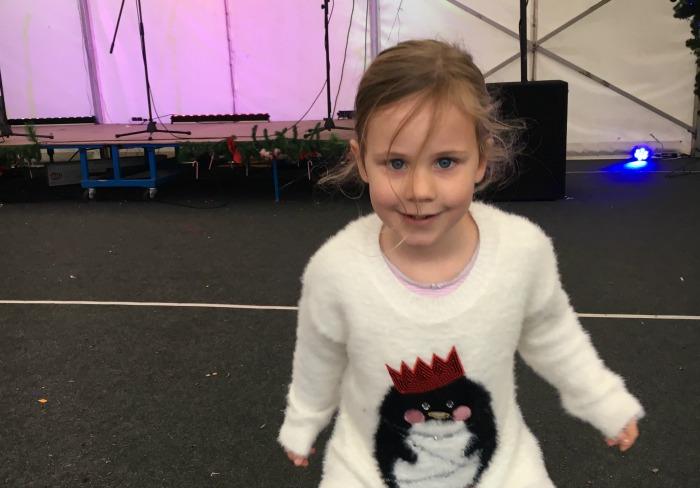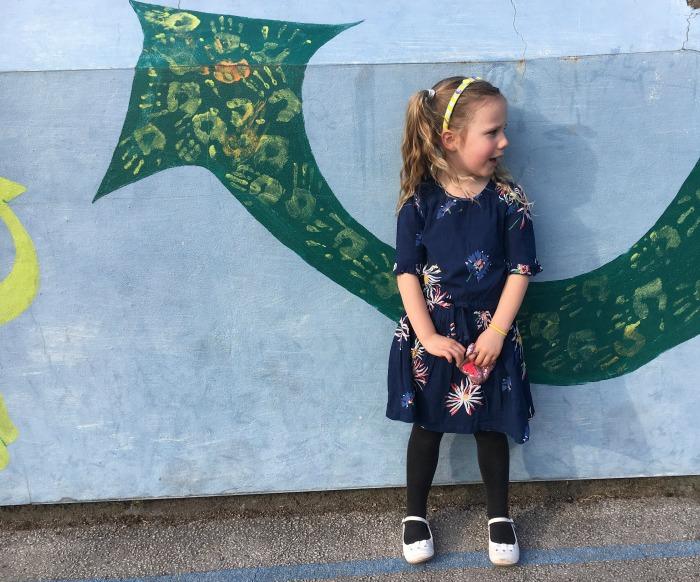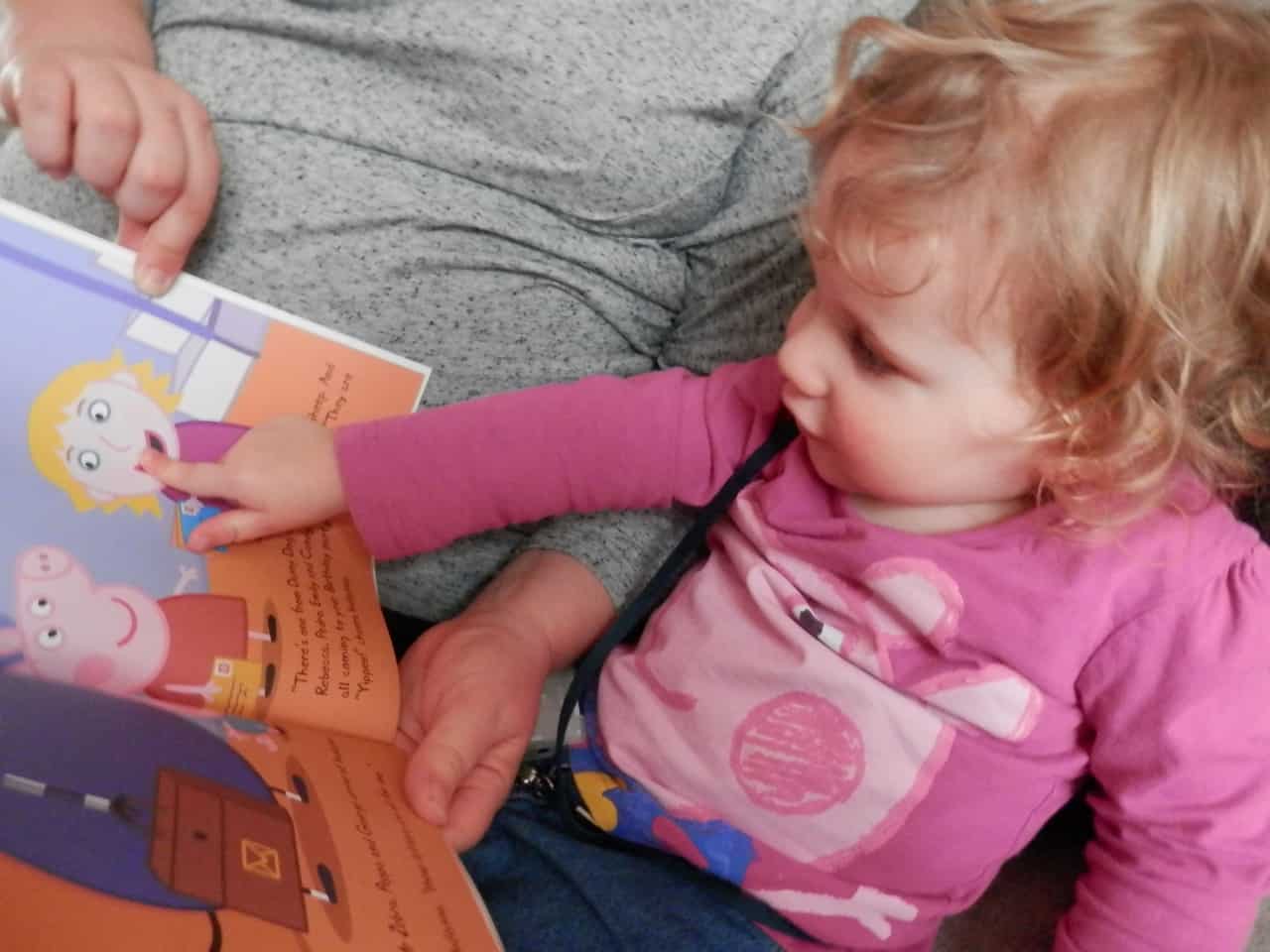Unlocking Communication: Indicators Your Autistic Child is Embracing Verbal Expression
Embracing the journey of parenthood is a tapestry woven with challenges, joys, and a deep sense of growth.
The path each child treads is as unique as their personality, and for parents raising autistic children, this journey is both enlightening and intricate.
The beacon of verbal communication shines as a significant milestone for children on the autism spectrum, illuminating their world with newfound ways to connect.
In this article, we delve into the realm of parenting while navigating the intricate landscape of autism, shedding light on the pivotal signs that your autistic child is on the precipice of speaking.
These signs are the stepping stones that guide parents, offering hope and insights as they nurture their child’s growth with patience and love.
The Spectrum of Autism and the Language Connection
Autism, often referred to as Autism Spectrum Disorder (ASD), is a complex neurodevelopmental condition that casts its unique hues upon communication, social interactions, and behavior.
It is crucial to recognize that autism is a spectrum, where each individual’s experience is painted with a distinct brushstroke.
The symphony of communication challenges that autistic children encounter can include delayed language development, limited vocabulary, struggles in deciphering nonverbal cues, and difficulties in maintaining conversations.
However, within this intricate tapestry, there lies an array of potential, with some autistic children unveiling remarkable strides in developing their communication skills.
Encouraging an autistic child to embrace verbal communication requires a harmonious blend of patience, tailored strategies, and an unwavering commitment to understanding their distinctive needs.

The Beacon of Verbal Communication: Signs Your Autistic Child Will Talk
- Echoes of Imitation: As the first notes of communication begin to harmonize, an autistic child might start imitating the sounds, gestures, and expressions they encounter. Imitation is the cornerstone of learning, and this symphony of mimicry unveils the child’s curiosity and desire to bridge the gap between their inner world and the outer realm.
- Unveiling Joint Attention: The dance of joint attention, where two souls lock gazes on a shared experience, is a key indicator of burgeoning communication skills. When an autistic child points to share their fascination or looks your way to invite you into their world, they are crafting the foundations of connection.
- Gestures: A Universal Language: Gestures emerge as a bridge between the realm of nonverbal and verbal communication. Autistic children beginning to use gestures like waves, points, and nods are painting strokes of connection and a desire to interact with the world around them.
- Harmonizing with Speech: As an autistic child’s symphony of communication grows, they may turn their ears toward the music of speech. Responding to sounds, acknowledging their name, or leaning into conversations signifies the child’s awakening responsiveness to the melodies of language.
- Expanding the Lexicon: The spectrum of vocabulary widens, and autistic children begin to collect words like precious gems. Each new word, whether whispered softly or proudly proclaimed, is a note in their evolving chorus of communication.
- Initiating Conversations: The shift from a passive audience to an active participant is a remarkable transformation. Autistic children initiating interactions by expressing their desires, posing questions, or seeking your attention heralds their journey toward spoken expression.
- Elevating Social Connections: The art of communication transcends words; it embodies the rhythm of social connection. As an autistic child refines their dance of interaction—taking turns, sharing experiences, and responding to cues—it reflects the evolving melody of their communication journey.
- Echolalia: A Chorus of Understanding: Echolalia, often seen as a repeating refrain, unveils itself as an essential bridge to meaningful dialogue. When an autistic child weaves these echoes into the fabric of conversations, they demonstrate their growing mastery of language.
- Visual Harmony: Visual aids, akin to notes on a sheet, resonate with many autistic individuals. The choice to embrace picture cards, visual schedules, or other visual supports is a testament to their determination to communicate through diverse avenues.
- Crafting Sentences: Like a composer crafting a masterpiece, the evolution of communication skills sees autistic children weaving words into sentences. This transition is akin to adding layers to their musical expression, allowing them to articulate intricate thoughts and emotions.
Nurturing the Melody of Communication
In the symphony of parenting an autistic child, every note, every crescendo, and every pause is a part of the harmonious journey.
While the path to verbal communication might be intricate for some, it is imperative to celebrate the myriad forms that progress takes.
The signs, like guideposts along a trail, point the way toward the possibility of a child’s blossoming spoken language skills.
Every child’s rhythm is unique, their pace set by the cadence of their growth.
With patience, bespoke support, and an unwavering commitment, many autistic children can embrace the language of connection, transcending communication barriers to find their voice.
As a parent, your role is that of a conductor, guiding them through this symphony, ensuring that their melody is heard and celebrated by the world.
Further reading: The Only Guide You Need To Help Children With Autism Live A Happy And Healthy Life
Discover more from Zena's Suitcase
Subscribe to get the latest posts sent to your email.




